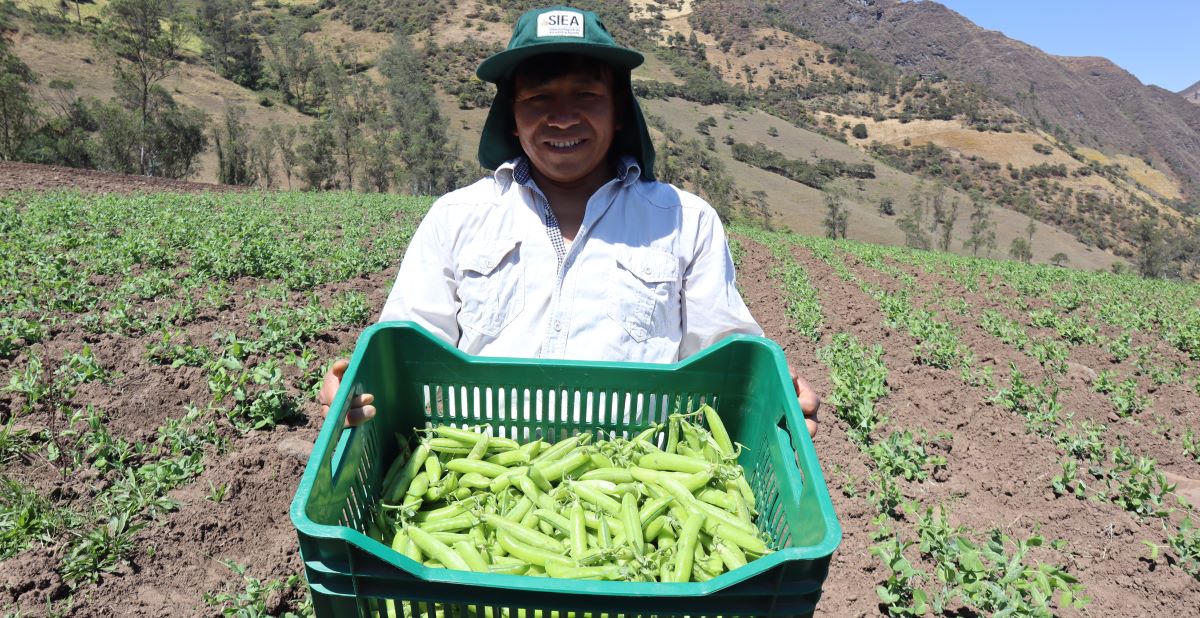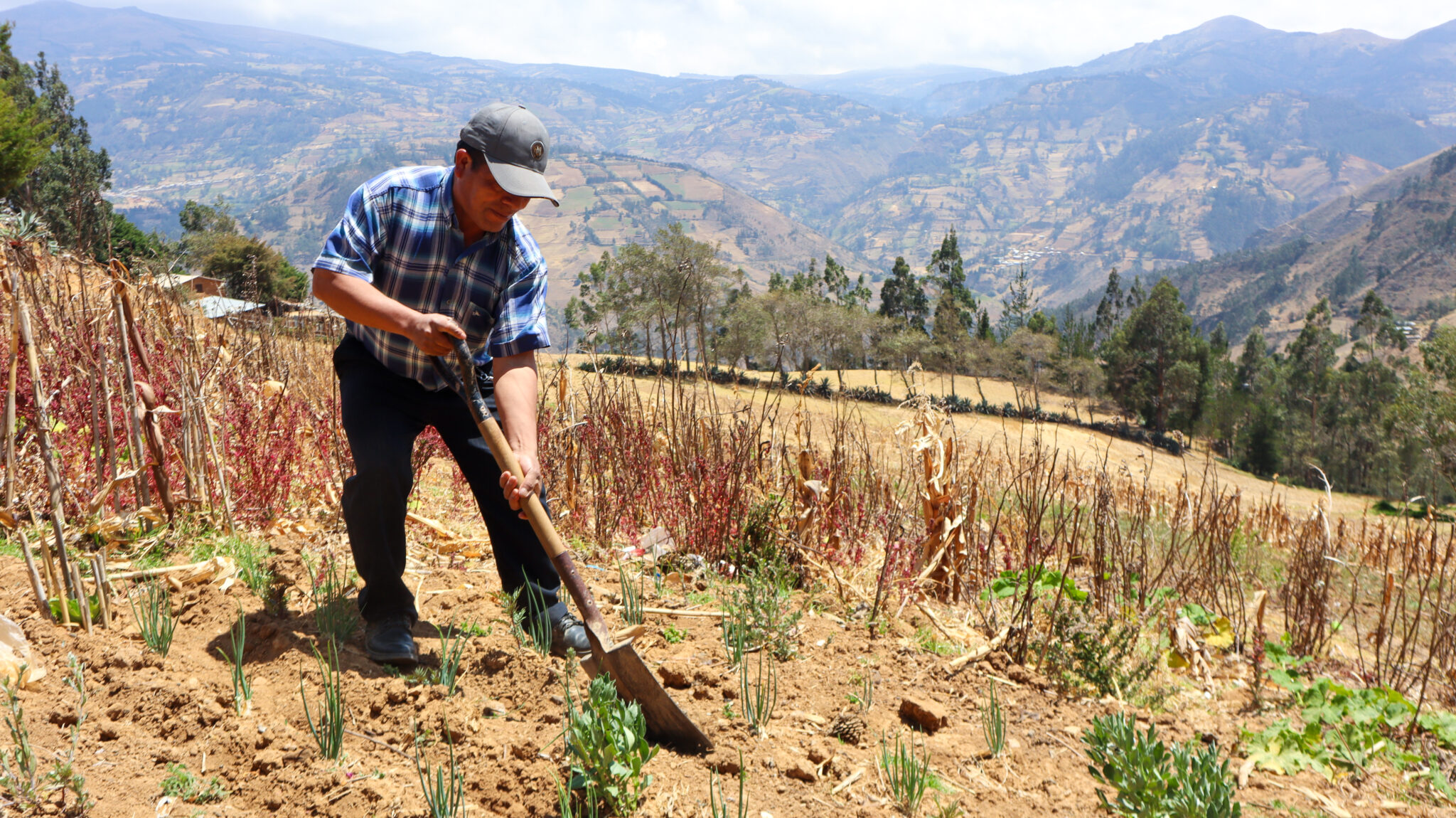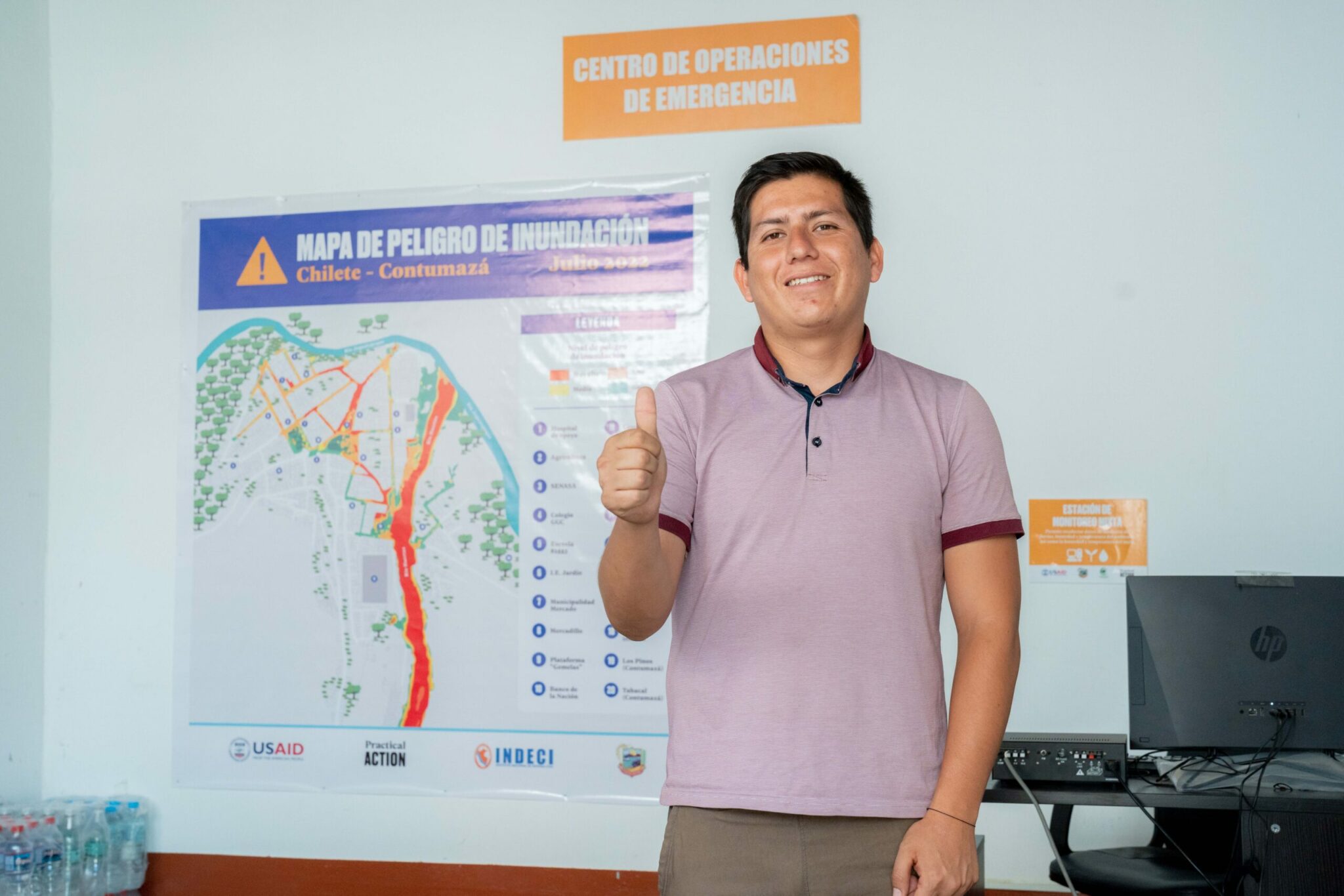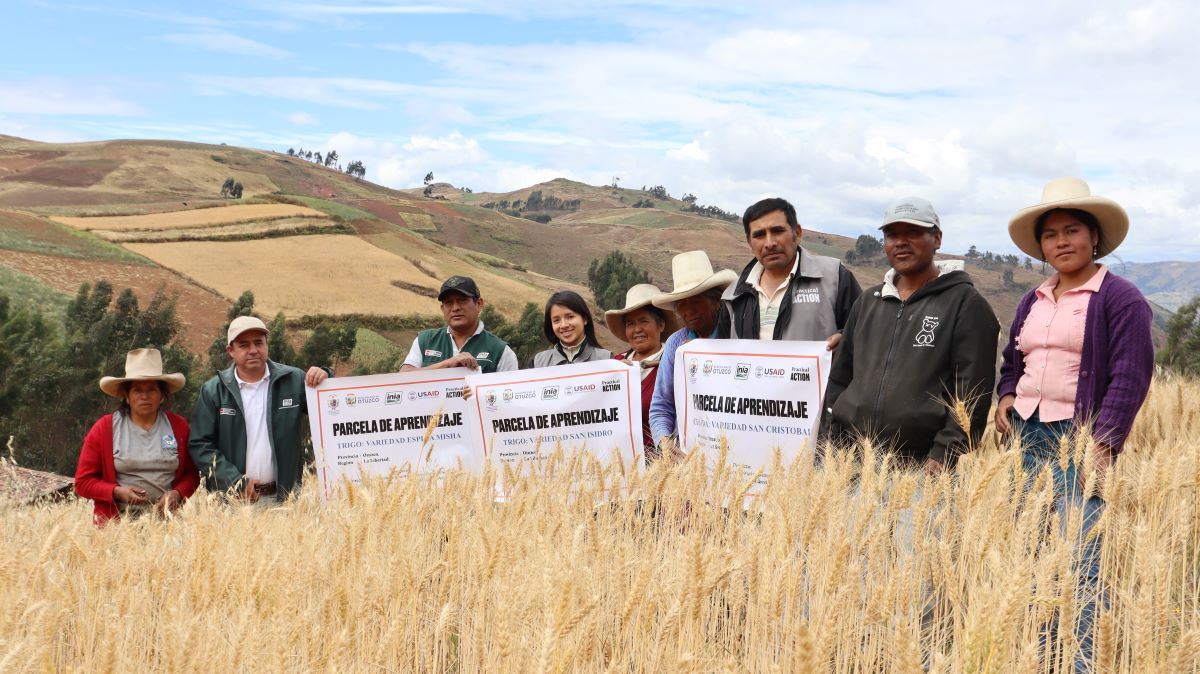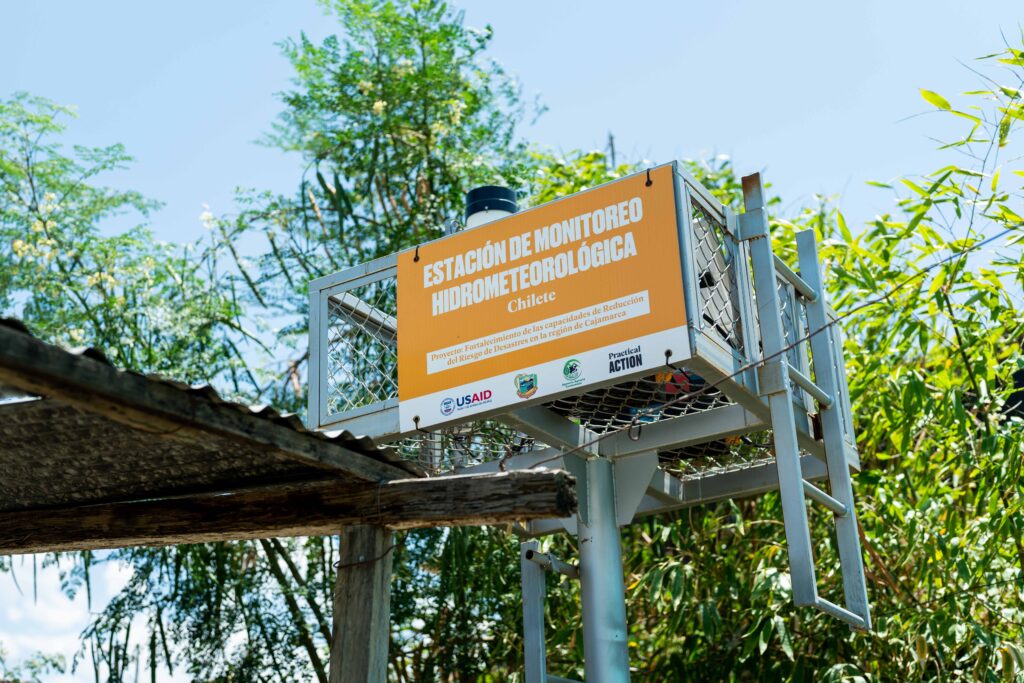Peruvian smallholder farmers strengthen their resilience to climate change
In March 2023, the rains brought by Cyclone Yaku devastated more than 24,000 hectares of crops and destroyed nearly 11,500 hectares along Peru’s northern coast, including the regions of Lambayeque and La Libertad. The floods also caused fatalities and damage to homes, schools, health centres, and irrigation systems. This emergency exposed an urgent need: to strengthen rural communities’ capacity to anticipate, respond to, and recover from these increasingly frequent and intense events.
The project “Building Community Resilience in Vulnerable Watersheds in Cajamarca, Lambayeque, and La Libertad”, implemented by Practical Action, responded to that need. Over a 20-month period, it worked in eleven districts across the three regions with a clear objective: to reduce disaster risk and strengthen sustainable livelihoods.
To achieve this, the project focused on three essential components: strengthening disaster risk management so that communities can not only respond but anticipate; promoting resilient agriculture that can adapt to a changing climate while continuing to feed people; and improving access to useful, understandable climate information.
Pamela Girano, Country Director of Practical Action in Peru, emphasizes the organization’s longstanding presence in the region: “This project shows what’s possible when communities, authorities and technical teams work together. The knowledge and systems in place today will continue to protect lives and livelihoods long after the project ends.”
Disaster risk management
- More than 800,000 GBP leveraged by district municipalities through public investment projects.
- More than 600 public officials trained, and 11 local Emergency Operations Centers (COEs for their initials in Spanish) equipped.
- More than a 1,000 people (634 women and 471 men) from rural communities participated in community risk assessments and the identification of critical points. As part of this process, the “Women Leaders” program was developed to train women as facilitators for risk mapping.
- 14,000 people reached through community awareness campaigns.
Resilient agriculture
- Over 1,300 farmers now work using new sustainable technologies or good agricultural practices.
- 2,000 hectares improved with sustainable crops such as wheat, quinoa, and purple corn.
- 36 agricultural promoters trained through Farmer Field Schools (ECA for its initials in Spanish), a “training of trainers” methodology to spread knowledge across more communities.
- Technologies such as family and school gardens, solar dryers, demonstration plots, forest nurseries, efficient irrigation systems, spring conservation promoted to improve water resource management.
Climate services and information for decision-making
- 30 promoters and community leaders trained in climate data interpretation.
- Automatic agrometeorological station installed, benefiting over 24,000 small producers in the upper Moche River basin.
- Concrete proposals to strengthen Integrated Agrometeorological Services and Early Warning Systems (EWS) were generated and shared with national and subnational governments.
A recent event in Cajamarca marked the culmination of Practical Action’s two-year initiative to strengthen community resilience in the vulnerable watersheds of northern Peru. The gathering brought together regional and local authorities to reflect on the progress made. Today, there is a renewed sense of possibility — that a more just and resilient future is within reach.
Regional Vice Governor Dr. Magda Farro remarked, “I am convinced that every person trained to face natural hazards becomes a multiplier of knowledge and action in their community.”
